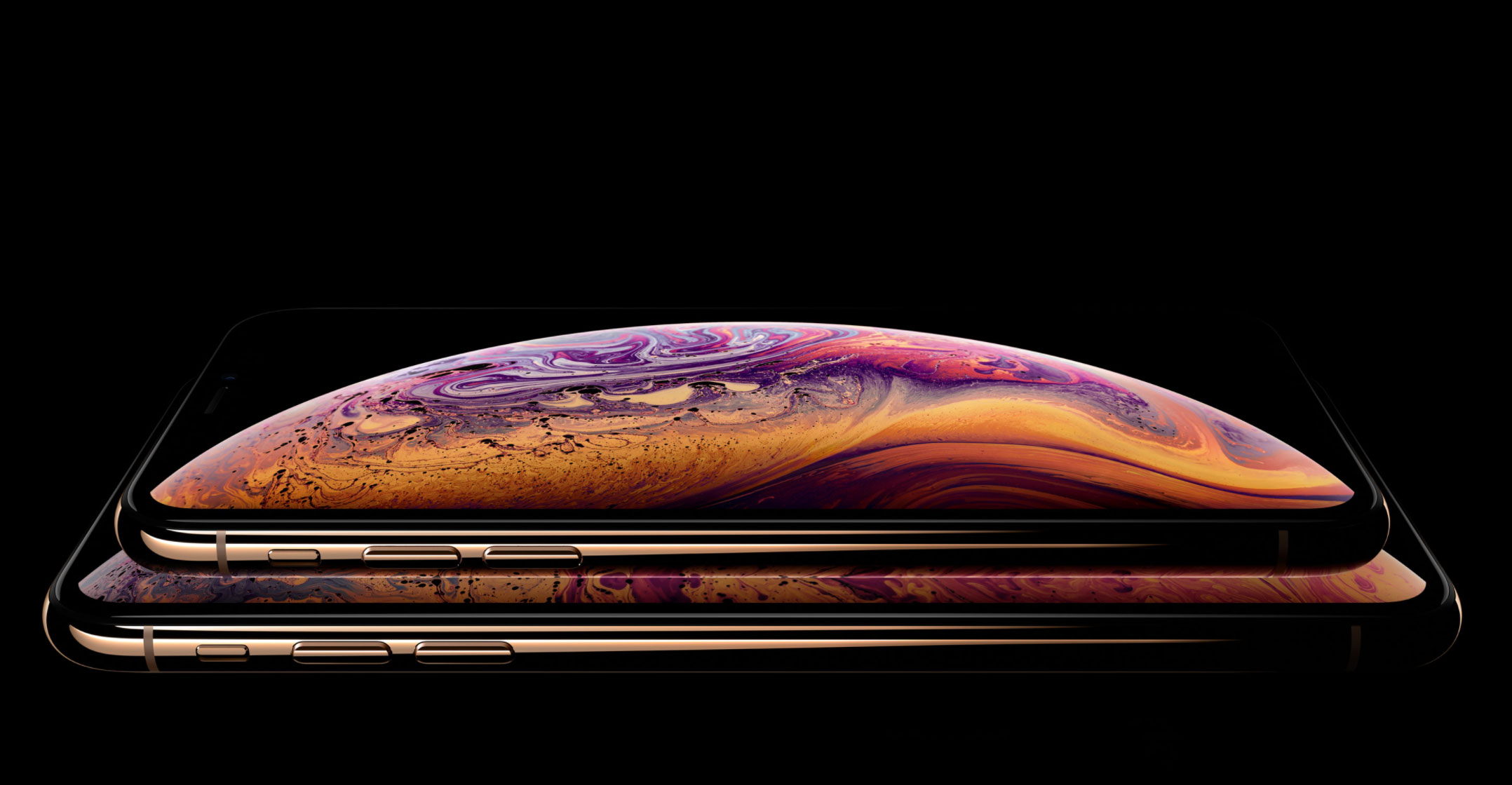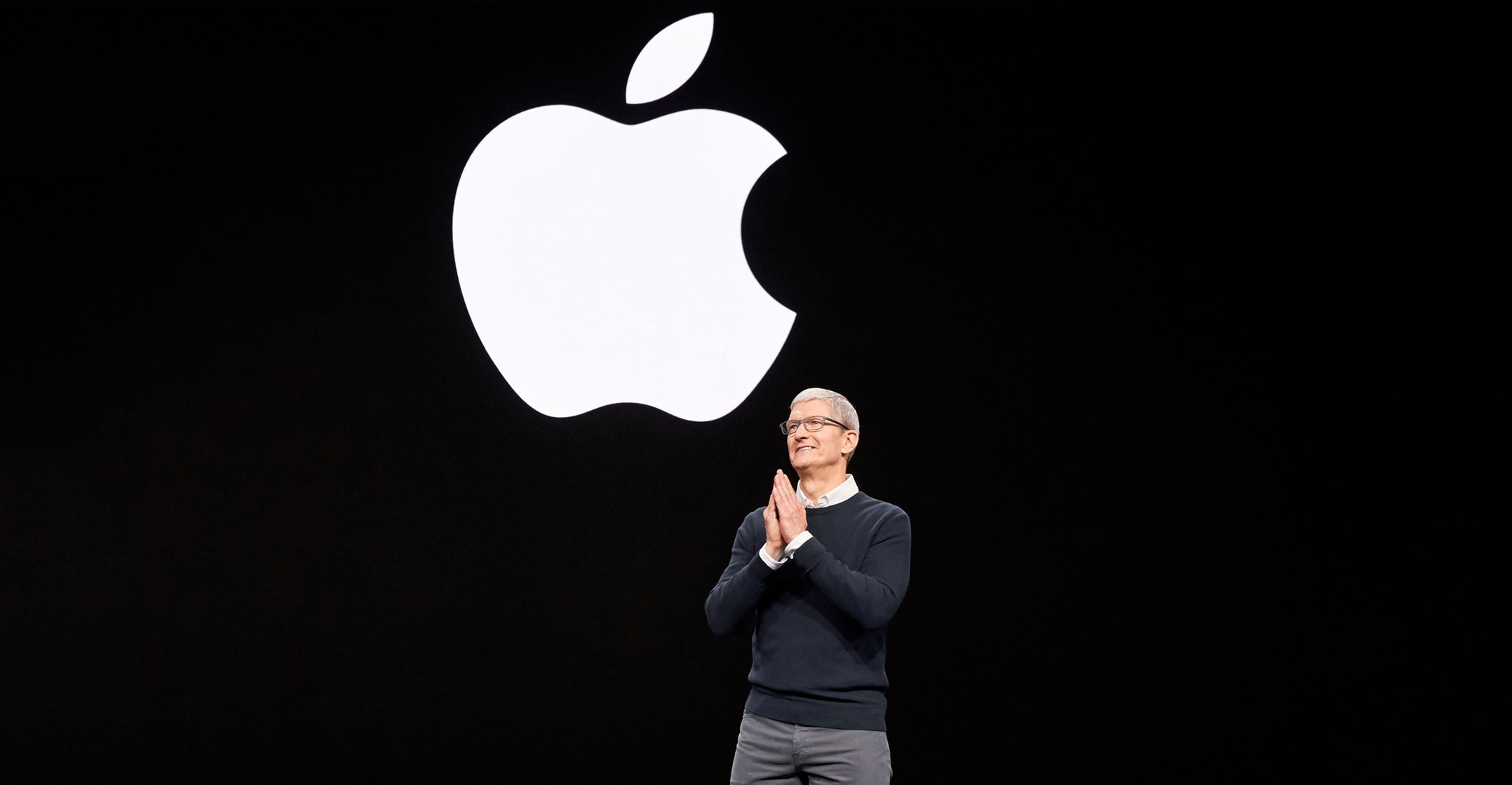 Apple projected quarterly sales that topped analysts’ estimates, suggesting demand for iPhones has stabilised after a disappointing holiday period. Shares of the mobile technology giant rose about 5% in extended trading.
Apple projected quarterly sales that topped analysts’ estimates, suggesting demand for iPhones has stabilised after a disappointing holiday period. Shares of the mobile technology giant rose about 5% in extended trading.
The company also reported Services revenue grew 16% as consumers sign up for an expanding smorgasbord of digital subscriptions. That was just ahead of Wall Street expectations. A new buyback plan also helped.
“iPhone clearly was in line or a little bit above expectations,” said Shannon Cross, an analyst at Cross Research. “Given how conservative people were going into the quarter, that’s why you’re seeing a positive reaction in the stock market.”
The Cupertino, California-based company said on Tuesday that fiscal third-quarter revenue will be between US$52.5-billion and $54.5-billion. Analysts, on average, were looking for $52.2-billion, according to data compiled by Bloomberg. Fiscal second-quarter results also beat Wall Street expectations.
Apple shares have surged more than 40% from a 21-month low in early January after lacklustre iPhone sales prompted the company to cut its holiday revenue forecast. The stock fell 1.9% to close at $200.67 in New York earlier on Tuesday.
Fiscal second-quarter sales fell 5.1% from the period a year ago to $58-billion. Analysts estimated $57.5-billion, according to Bloomberg data. Apple had forecast revenue between $55-billion and $59-billion. That was the second straight quarter of revenue declines.
iPhone revenue down
Net income was $11.6-billion, or $2.46/share, compared to $13.8-billion, or $2.73/share, a year earlier. Analysts estimated $2.37/share.
Apple ended all litigation with Qualcomm in April and agreed to start using the chip maker’s modems again. That concluded a bruising two-year battle over technology underpinning all smartphones. Apple had withheld billions of dollars in supplier-related payments as part of the legal fracas.
Revenue from iPhones declined 17% from a year earlier to $31-billion. Wall Street expected $30.5-billion, according to the average of six analyst estimates compiled by Bloomberg.
iPhone revenue is slipping because people are holding onto their handsets longer. Slower economic growth and cheaper rivals in China also dented sales during the key holiday period. Apple ran promotions this year that lowered iPhone prices, making the devices more competitive in China. That sparked optimism that iPhone revenue would stabilise.

Apple CEO Tim Cook said iPhone sales declines were significantly slower in the final weeks of the fiscal second quarter. The company has seen positive customer response to price cuts in emerging markets, chief financial officer Luca Maestri added during a conference call with analysts.
Apple said its gross margin, a closely watched measure of profitability, will be 37-38% in the fiscal third quarter. Analysts were looking for 37.6%. That forecast sparked optimism that the company isn’t discounting iPhones too much to clear unsold inventory. A decline in memory chip prices also likely helped Apple.
Sales in China fell 22%. However, analysts were more focused on signs that iPhone demand may have levelled out.
“It appears Apple saw strength in the last few weeks of the quarter across the board on a rebound in iPhone demand and thus are giving Cook and Cupertino confidence to guide June ahead of Street expectations,” Dan Ives, an analyst at Wedbush Securities, wrote in a note to investors.
Services revenue came in at $11.45-billion, slightly exceeding Wall Street expectations. Apple is looking to diversify through additional devices and services. It recently introduced an online news service for $9.99/month. Later this year, the company plans to launch a credit card, a gaming subscription service and an original video-streaming offering.
All these services will generate more recurring revenue for Apple, but they face well-established rivals, such as Netflix, and new rivals including Walt Disney Co. The success of Apple services also depend on how many iPhones and other Apple devices are in use.
‘Continued strength’
“Our March quarter results show the continued strength of our installed base of over 1.4 billion active devices, as we set an all-time record for Services, and the strong momentum of our Wearables, Home and Accessories category,” Cook said in a statement.
Continuing a policy change made in the first quarter, Apple didn’t say how many iPhones, iPads or Macs it sold. However, the company broke down revenue for its main product segments:
- iPad: $4.87-billion, up 22% year over year;
- Mac: $5.51-billion, down 5% year over year; and
- Wearables, Home and Accessories: $5.13-billion, up 30% year over year.
So far this year, Apple has launched Apple News+ and new iPads, AirPods and iMac desktop computers. The new mid-range iPads likely contributed to improved iPad revenue. Upgraded AirPods were another contributor to Apple’s rapidly growing wearables category. — Reported by Mark Gurman, (c) 2019 Bloomberg LP




